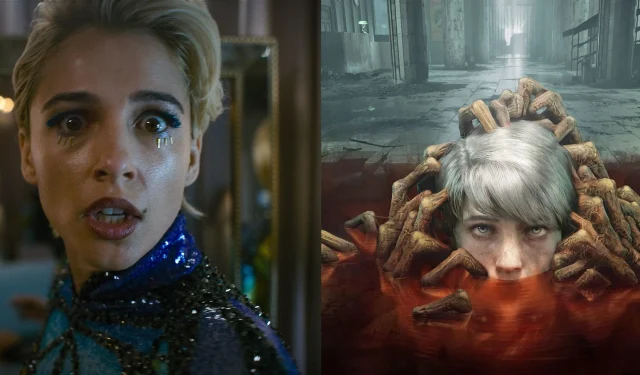
This article contains spoilers for Smile 2 and The Medium, and discusses themes of child abuse, rape, and suicide. Reader discretion is advised. The sequel, Smile 2, delivers a grim, unsettling portrayal of trauma, echoing the essence of a nightmarish experience. It might seem challenging to assert that the film conveys a clear message, as it focuses more on a relentless sense of dread than on thematic explanations. Nevertheless, like much of contemporary horror cinema, Smile 2 delves into the complicated subject of trauma. This exploration evokes parallels with Bloober Team’s 2021 game, The Medium, which faced significant backlash due to its heavy emotional themes.
Horror as a genre often addresses difficult subjects that are hard to explore in other contexts. The raw emotions presented in frightening narratives compel viewers to confront uncomfortable truths. Body horror tackles the bizarre nature of human existence, while monstrous figures encourage self-examination, and haunted spaces reveal inner chaos. Currently, trauma serves as a focal point in horror storytelling, yet not all representations resonate equally.
Similar Themes in Smile 2 and The Medium
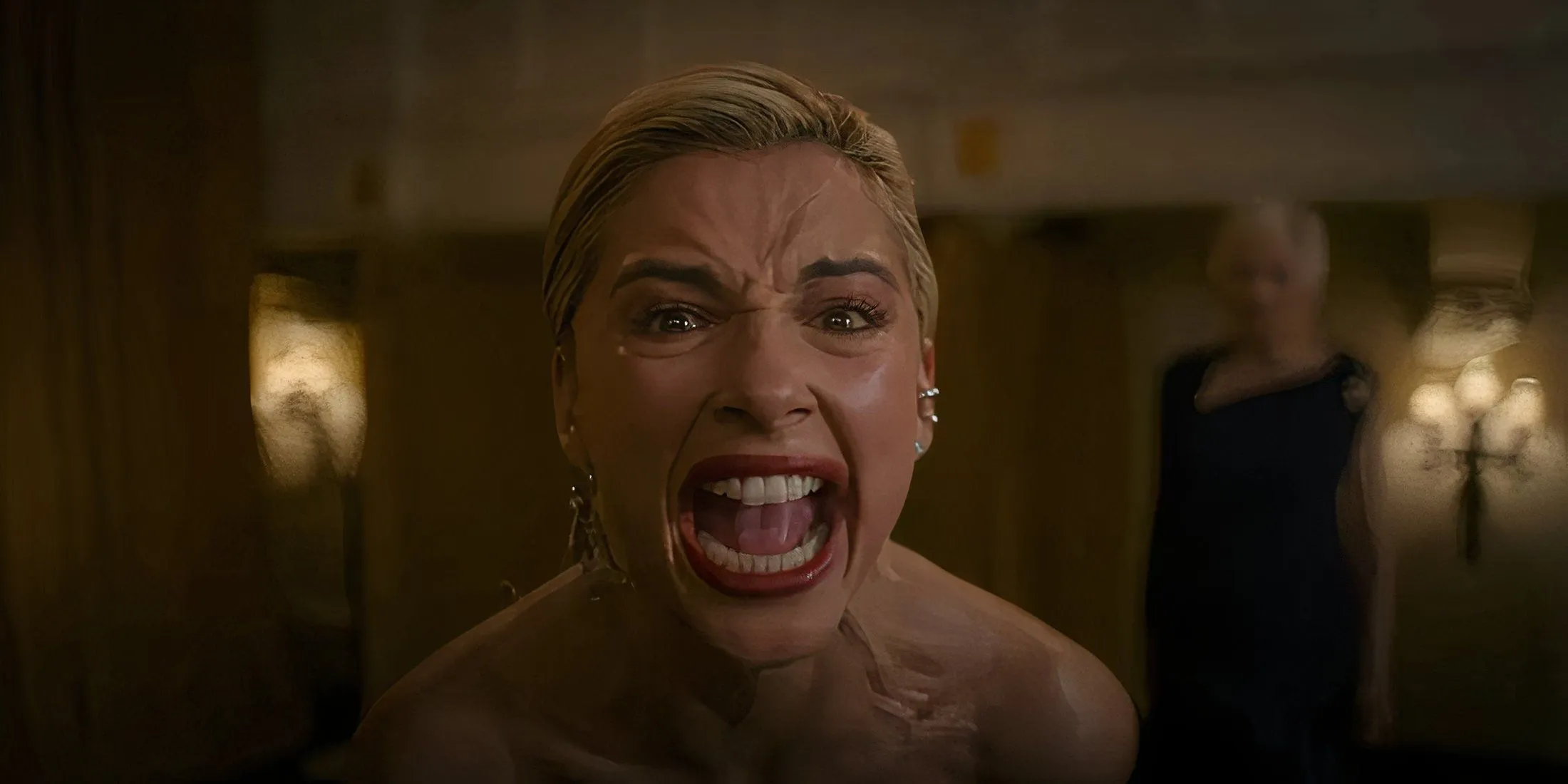
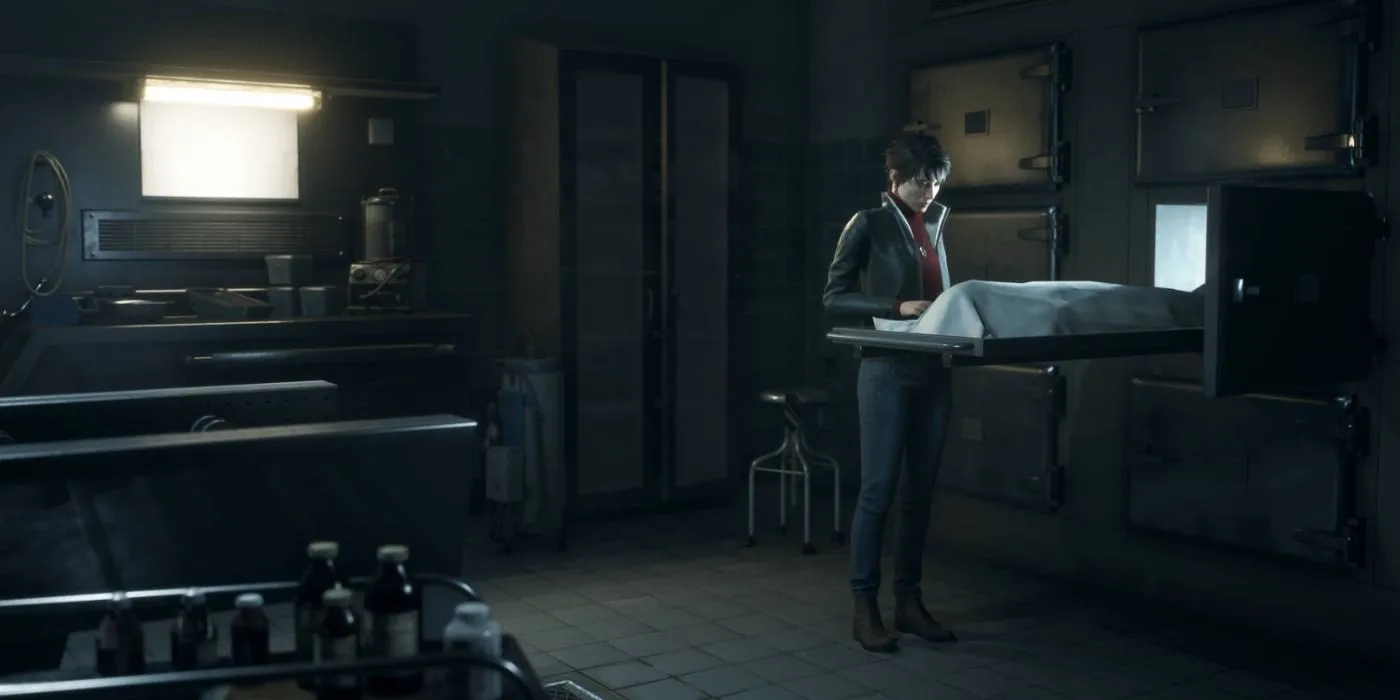

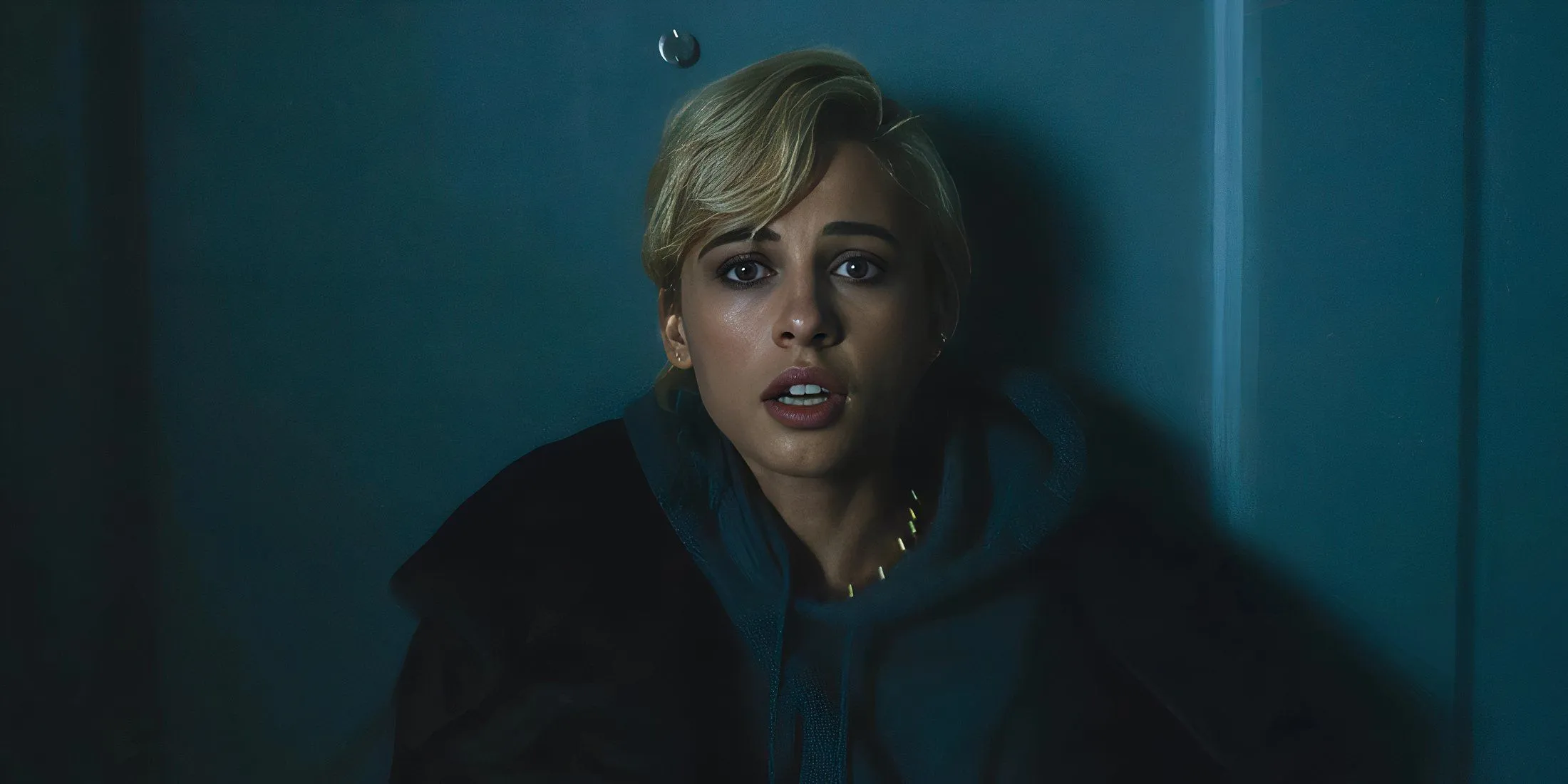
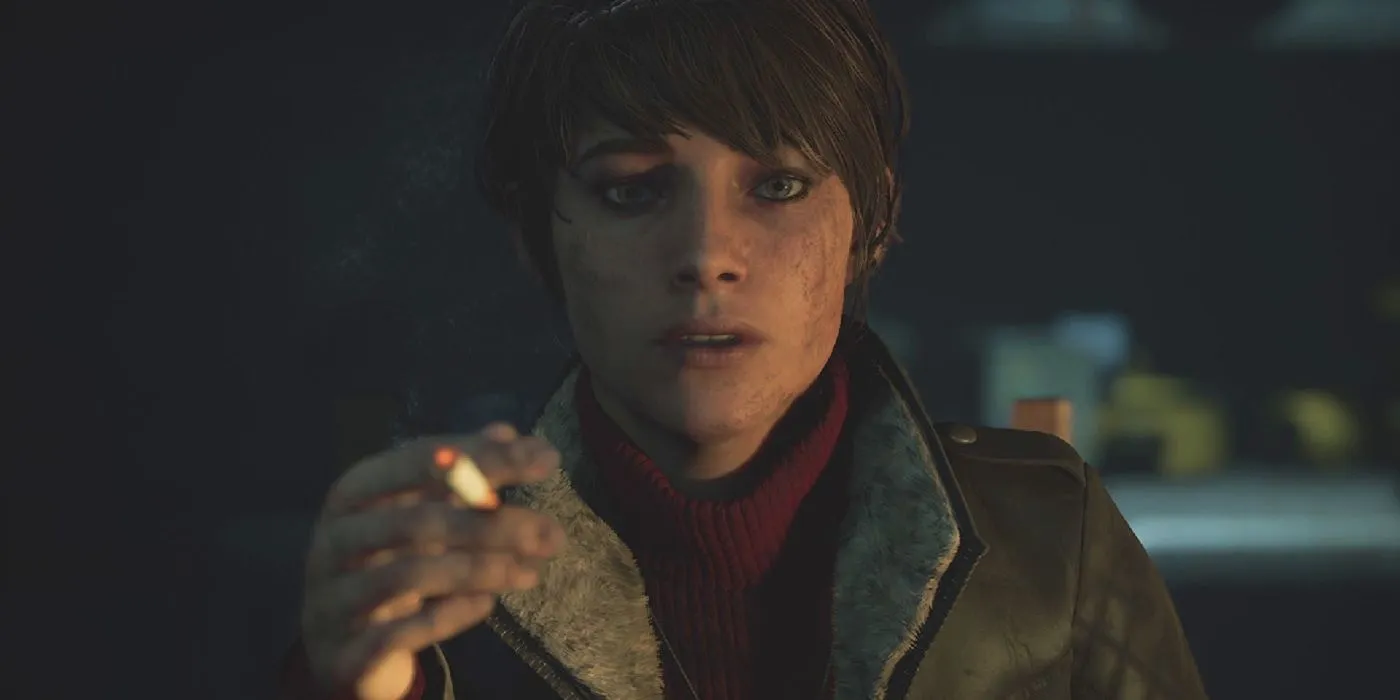
At their essence, both Smile 2 and The Medium explore the pervasive nature of trauma. Anyone familiar with both the film and the game can see their interconnected themes, which merit a closer analysis.
Overview of The Medium
The Medium, released in 2021, is a psychological horror title developed by Bloober Team, drawing significant inspiration from the Silent Hill series, though lacking their depth. The story follows Marianne, a woman gifted with an unusual connection to the spirit realm, enabling her to communicate with the deceased. The narrative unfolds as she visits a deserted resort to investigate supernatural events linked to her enigmatic past. During her journey, she encounters a malevolent spirit known as The Maw, which orchestrated the horrific events that resulted in the resort’s closure by forcing individuals to commit murder. Eventually, Marianne realizes that The Maw originated from her sister, Lilianne.
Lilianne manifested The Maw from her own trauma after being sexually abused by Richard, a family friend. It becomes evident that Richard’s actions were influenced by his past trauma, suggesting a cyclical nature of abuse. The Maw tries to possess Marianne, leading Lilianne to plead for death, believing that only by dying could she sever the connection to The Maw. Marianne wrestles with the thought of taking her own life instead. The game concludes ambiguously, cutting to black before revealing the fate of Marianne after she seemingly decides to shoot.
The overarching takeaway from The Medium implies that individuals unable to transcend their trauma are doomed and must be allowed to pass away for the sake of others. This interpretation has driven various commentators, including YouTube creator BobVids, to critically discuss the troubling notion of portraying trauma victims as threats to their own lives and to those around them. The game poses uncomfortable questions regarding empathy towards abusers and suggests death may be the only resolution. This narrative approach has been criticized for its moral implications. As Jade King articulates in her piece for The Gamer:
“The Medium presupposes that growth and recovery are impossible, and it should reflect on its failure to approach the subject with the sensitivity it requires.”
Overview of Smile 2
Smile 2 follows a narrative filled with just as much darkness as The Medium. The storyline centers on Skye Riley, a pop star and the latest target of the film’s haunting entity. This unnamed demon preys on trauma victims, requiring its host to have previously endured a significant loss. The demon’s method of transmission involves compelling its current victim to take their own life, thereby infecting any witnesses. Once a person is afflicted, their perception and reality are altered, often leading them to commit horrific acts against those they love. The opening sequence portrays Joel, played by Kyle Gallner, a survivor from the first film, attempting to kill someone to escape his own fate, inadvertently passing the affliction to an innocent bystander before he succumbs to it himself. As a result, Skye becomes infected when her drug dealer dies in her presence.
Skye’s experiences with the Smile demon mirror those typically depicted in such horror. She is plagued by hallucinations, reacts unpredictably to them, and faces skepticism from her loved ones. After grappling with her nightmarish reality, she encounters Morris, who claims he has a potential remedy. He suggests inducing a temporary death to prevent the demon from residing within her before reviving her. However, this aspect of the film, along with substantial portions of the plot, turns out to be another of the demon’s deceptions. Eventually, Skye ends up on stage, where she tragically takes her own life in front of a crowd filled with potential new victims of the demon’s plague. Similar to The Medium, both Smile and its sequel offer little solace to those enduring trauma.
Why Does Smile 2 Feel Distinct?
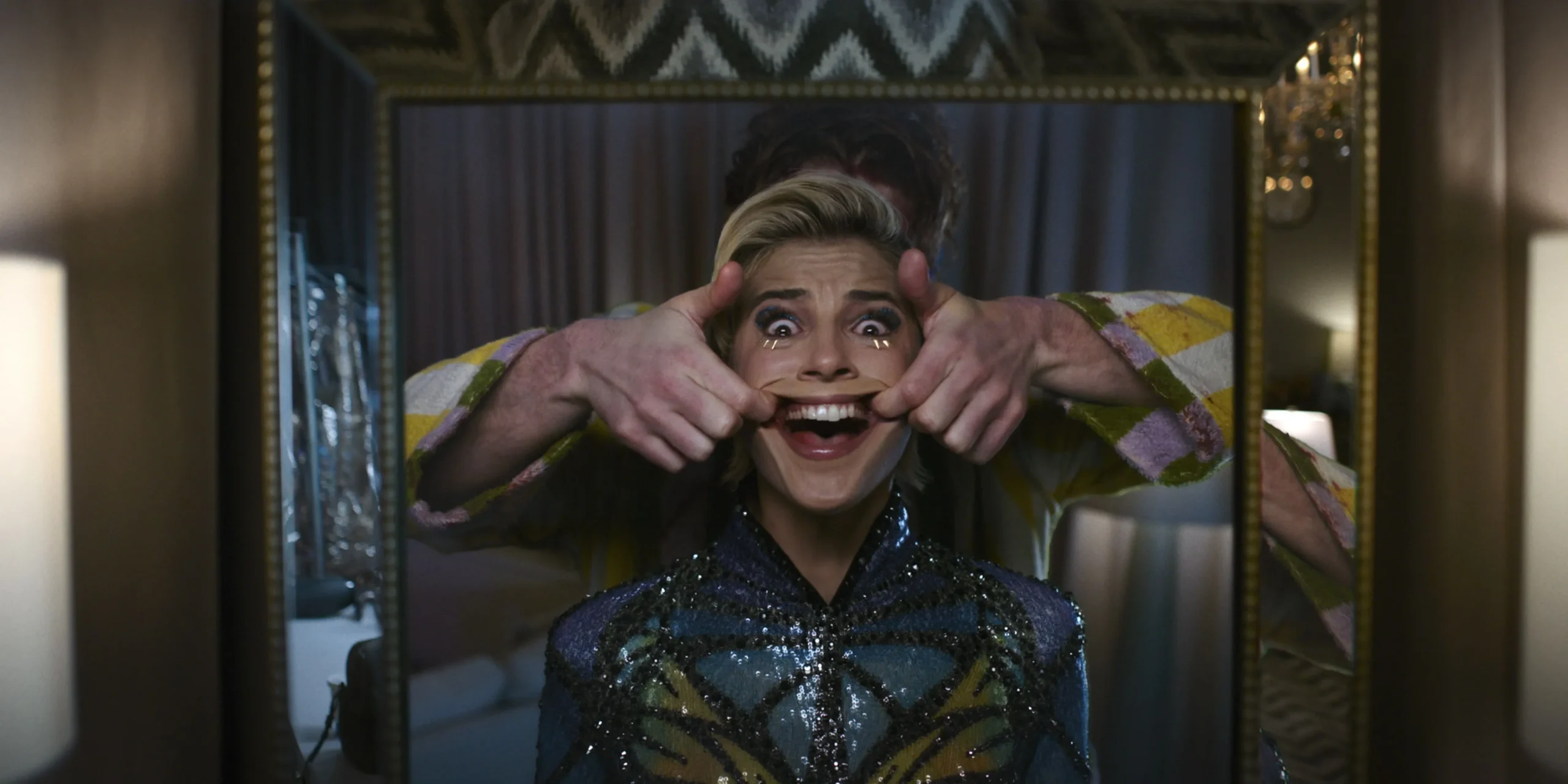
The Medium faced extensive criticism regarding its messaging. While Smile 2 also does not showcase positive mental health themes, it did not receive the same level of backlash. Both narratives depict trauma as a consuming force that invades the psyche of victims, coercing them into heinous actions. Each story chillingly presents suicide as a supposed form of escape. However, the difference lies notably in the nature of the traumas portrayed. Smile introduces graphic violence but avoids deeper issues like child abuse or sexual assault. Nevertheless, this distinction is insufficient to definitively separate the two works. The Medium concludes without a straightforward resolution, while Smile 2 bluntly asserts that Skye was powerless to alter her fate. Her endeavors proved futile, only prolonging her suffering until the demon exploited her to harm others. If one interprets The Medium as suggesting that death is the only salve for trauma, could it be argued that Smile 2 implies victims are destined to inflict pain on both themselves and those around them?
Intriguingly, what allows Smile 2 to resonate where The Medium falters is its portrayal of cruelty. Viewers universally perceive the outcomes for characters in the Smile franchise as nothing short of brutalization by a malicious entity. This inherent cruelty distances Smile 2 from any preachy messaging, which contrasts starkly with the expectations of the audience. Unlike The Medium, which forces players to navigate a traumatized character who becomes responsible for a massacre, Smile 2 aims to evoke feelings of horror and anguish without any moral undertone. This distinction echoes a clear difference between interactive and non-interactive media. In The Medium, the takeaway may imply that the cycle of trauma necessitates the acceptance of loss for the sake of the greater good, whereas Smile 2 refuses to let its audience be complacent with Skye’s fate.
The differences between The Medium and Smile 2 boil down to intent. The creators of The Medium seem to have settled on a grim conclusion primarily for shock, whereas Smile 2 focuses on instilling terror and emotional distress. This divergence in purpose leads to a pronounced failure in the messaging of The Medium, demonstrating how the urge to evoke fear can, paradoxically, lead to less problematic narratives.




Leave a Reply